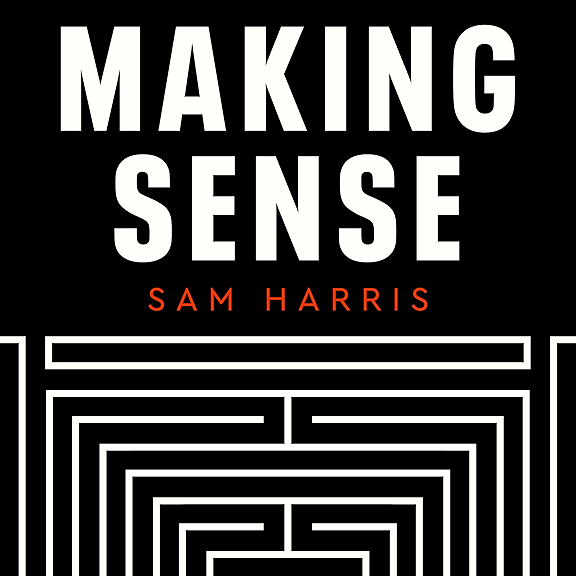
Maine Offshore Wind Auction Draws Few Bids | An Artist Combines Indigenous Textiles With Modern Tech
Two years ago, energy companies scrambled for offshore wind contracts. At a recent auction, the demand was significantly lower. Plus, artist Sarah Rosalena uses Indigenous weaving, ceramics, and sculpture practices to create art that challenges tech’s future, in a segment from earlier this year.
Maine Offshore Wind Auction Draws Few Bids
Offshore wind is coming to the Gulf of Maine. Earlier this week, the US Bureau of Ocean Energy Management held an auction for eight leases to develop wind projects off the coast of Maine. But companies bid on only half of the available leases.
Guest host Rachel Feltman talks with Casey Crownhart, senior climate reporter for MIT Technology Review about that and other top science news of the week including; bird flu found in pigs, AI’s electronic waste problem, what’s in your black plastic spatula, and giant rats fighting the illegal wildlife trade.
An Artist Combines Indigenous Textiles With Modern Tech
When multidisciplinary artist Sarah Rosalena looks at a loom, she thinks about computer programming. “It’s an extension of your body, being an algorithm,” she says.
Rosalena, a Wixárika descendant and assistant professor of art at the University of California Santa Barbara, combines traditional Indigenous craft—weaving, beadmaking, pottery—with new technologies like AI, data visualization, and 3D-printing. And she also works with scientists to make these otherworldly creations come to life. She involved researchers at the NASA Jet Propulsion Lab to make 3D-printed pottery with simulated Martian clay. And she collaborated with the Mount Wilson Observatory to produce intricately beaded tapestries based on early-1900s glass plates captured by the observatory’s telescope, which women mathematicians used to make astronomical calculations.
And that’s also a big focus for Rosalena: spotlighting the overlooked contributions women made to computer science and connecting it to how textiles are traditionally thought of as a woman-based craft. When she first started making this kind of art, Rosalena learned that the Jacquard loom—a textile advancement in the 1800s that operated on a binary punch card system which allowed for mass production of intricate designs—inspired computer science pioneer Ada Lovelace when she was developing the first computer program. “[They] have this looped history,” she says. “And when I weave or do beadwork, it’s also recalling that relationship.”
Read the rest at sciencefriday.com.
Transcript for these segments will be available after the show airs on sciencefriday.com.
Subscribe to this podcast. Plus, to stay updated on all things science, sign up for Science Friday's newsletters.




















